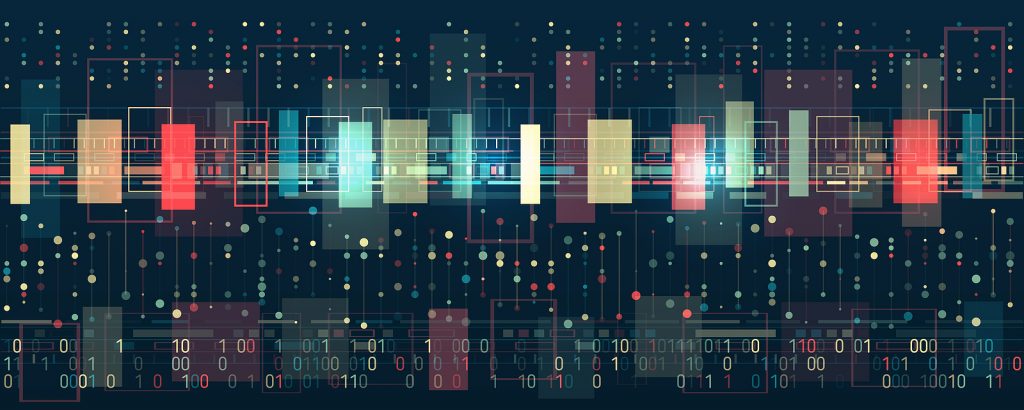Every day, we create 2.5 quintillion bytes of data — so much that 90% of the data in the world today has been created in the last two years alone. This data comes from everywhere: sensors used to gather climate information, posts to social media sites, digital pictures and videos, purchase transaction records, and cell phone GPS signals to name a few. This data is big data.
Big data is more than simply a matter of size; it is an opportunity to find insights in new and emerging types of data and content, to make your business more agile, and to answer questions that were previously considered beyond your reach.
But, for many organizations, “big data” is a scary term. Where does the information come from? How do I translate such a massive and ever changing data set into usable information? How can we leverage big data to support digital transformation strategy and vice versa? Do we start slow or have a big bang approach?
Digital transformation is defined as the acceleration of business activities, processes, competencies and models to fully leverage the changes and opportunities of digital technologies and their impact in a strategic and prioritized way. It can be named as “Digital Business Transformation” as it indeed is a business transformation with the help of digital technology, and it helps companies remain competitive in a global environment.
Going digital is something like losing weight. You can’t go on a diet for a few days, and then expect fast or lasting results. You come out of diet, and you gain weight again. Losing weight has to be a gradual long term lifestyle change, and so does incorporating big data into your digital transformation.
Let us look at an example of a Retail company – A well-established retailed asked its sales analytics team to find a better way to do sales forecasts of its products in coming months. Traditionally, the company has been looking at past trends such as how many products were sold in the previous month in each geography, and how many products were sold in previous years in the same month, overall sales of the products in last few years, and used that to make its forecasts.
Analytics team started doing sentiment analysis on social media such as Facebook, customer feedback from websites selling these products, and Instagram to understand what consumers were saying about its products and brands. It also analyzed sentiment analysis on its main competitor’s brands and ‘Google Trends’ to see which products and brands people were searching for the most. Then it correlated that data with its actual sales data to see, if it makes sense, and if it was predictive or no. They came up with a very correct forecasting.
Basically, they took the unstructured data from sentiments analysis, customer feedback and trends, combined it with structured product and sales data in their enterprise systems, and came up with a much better and smarter forecast. This is the way they do forecasts in sales, inventory, pricing and more now.
Use of big data enables the retailers to be a lot more effective in planning inventory, sales, promotions, and marketing campaigns.








 Fax: 832 201 9281
Fax: 832 201 9281